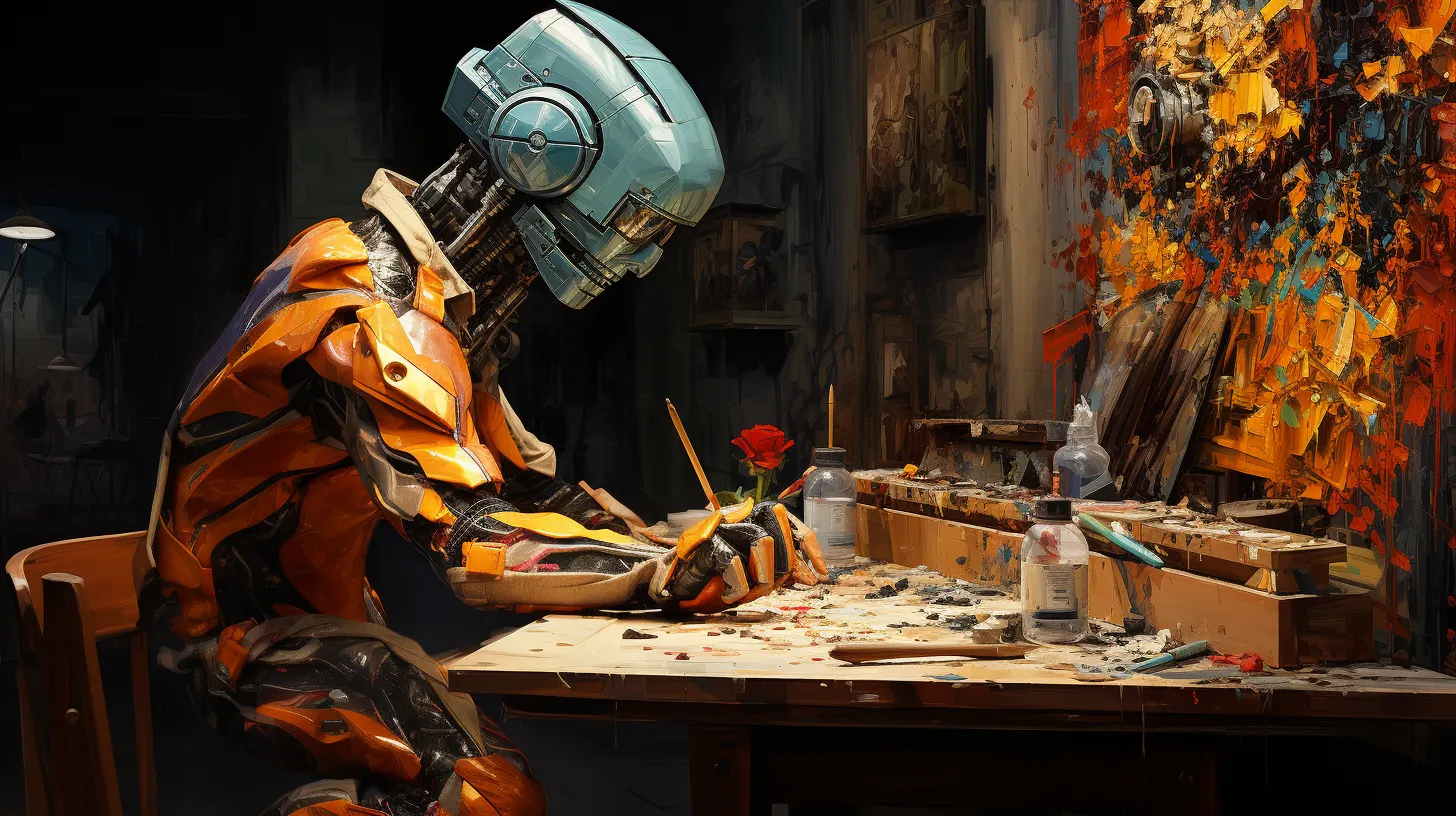MidJourney, a prominent generative AI image creation tool with an annual subscription cost of around $100, has announced the release of its latest feature. Called "Vary (Region)," this new addition allows users to engage in inpainting—a process that edits elements within an image's canvas.
The Vary feature gives users the ability to select specific portions of an image and modify them using text prompts. For instance, users can select a part of the image they don’t like and use a prompt to transform it. The tool also offers the capability to add elements, such as adding accessories to a portrait. This process is known as “inpainting” in other tools.
While inpainting refers to the editing of things inside a canvas, outpainting involves expanding the picture beyond its original boundaries. (Want to learn more? Consult our comprehensive guide to Stable Diffusion.)
It's noteworthy that Stable Diffusion—a free, competing, open-source image generator—has supported both inpainting and outpainting functionalities since its v1.2 release. And after some tests by Decrypt, it seems like Stable Diffusion's inpainting might have the edge in terms of accuracy and user experience.
Using Midjourney's Vary (Region)
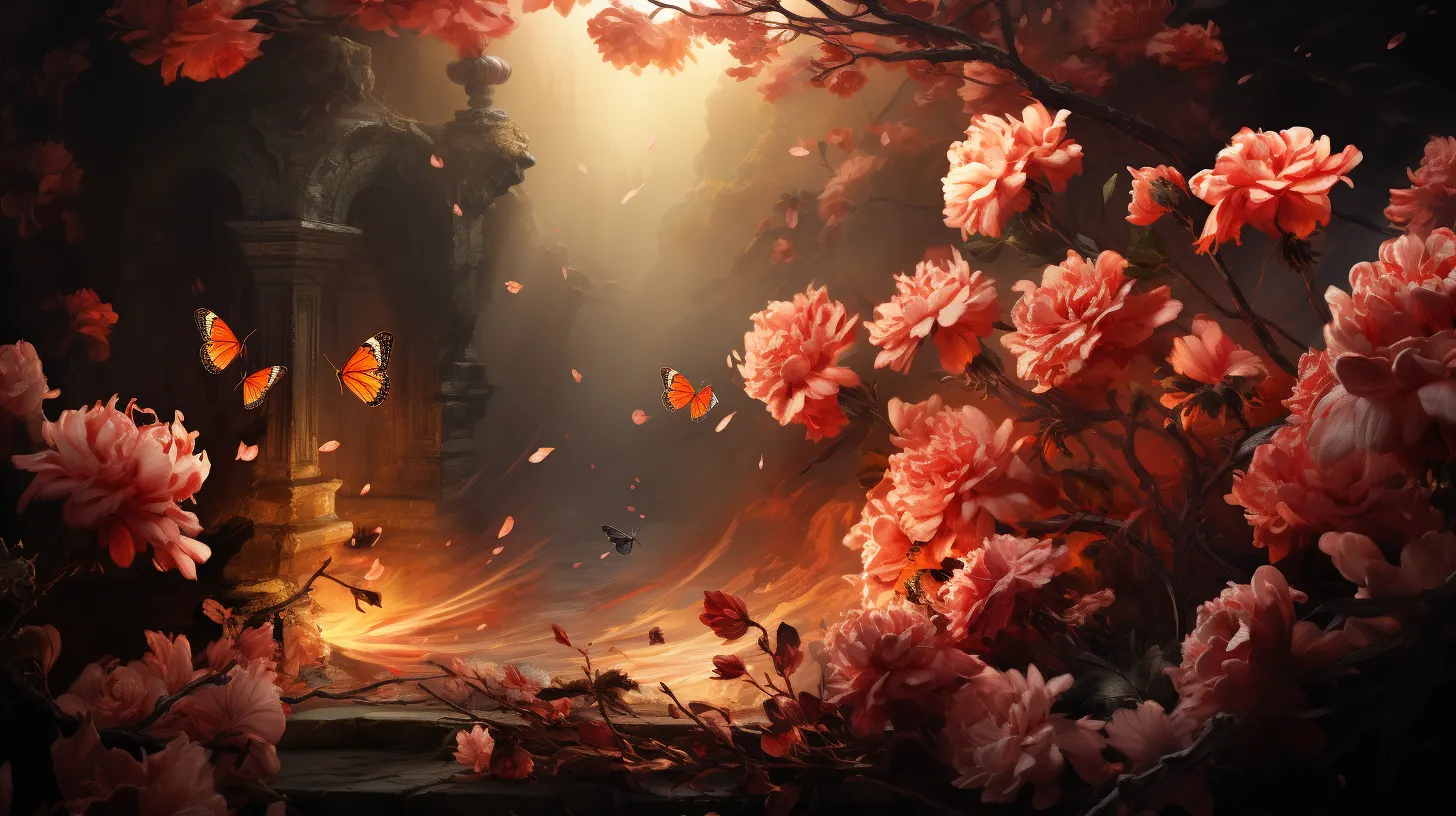
To use the new inpainting tool, simply create an image and click on upscale. Let’s take this image as an example.
Once it’s upscaled, select the Vary (Region) option:
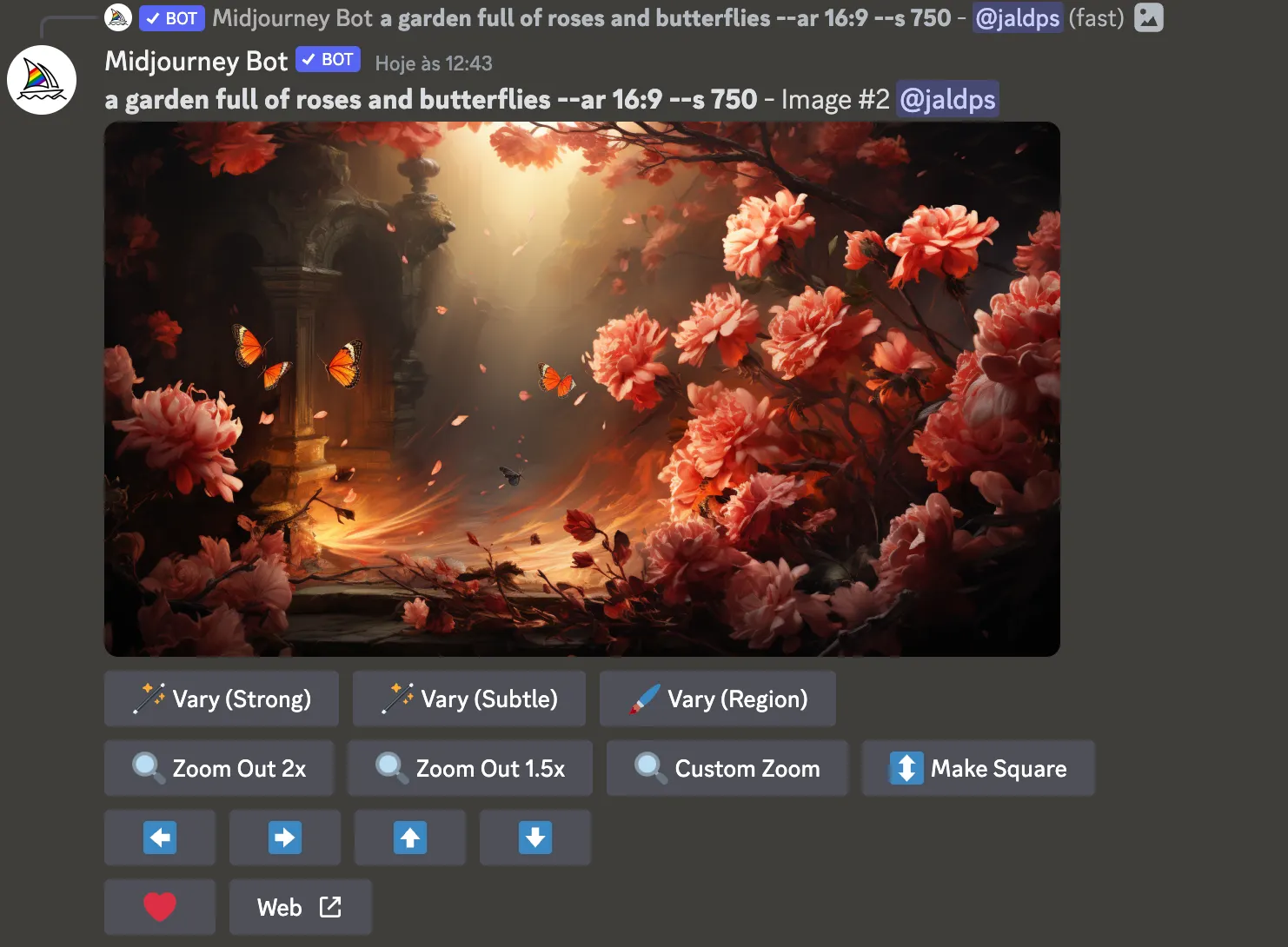
Then, click on the area you want to edit, enter a prompt according to your needs, and click the arrow to generate the new results
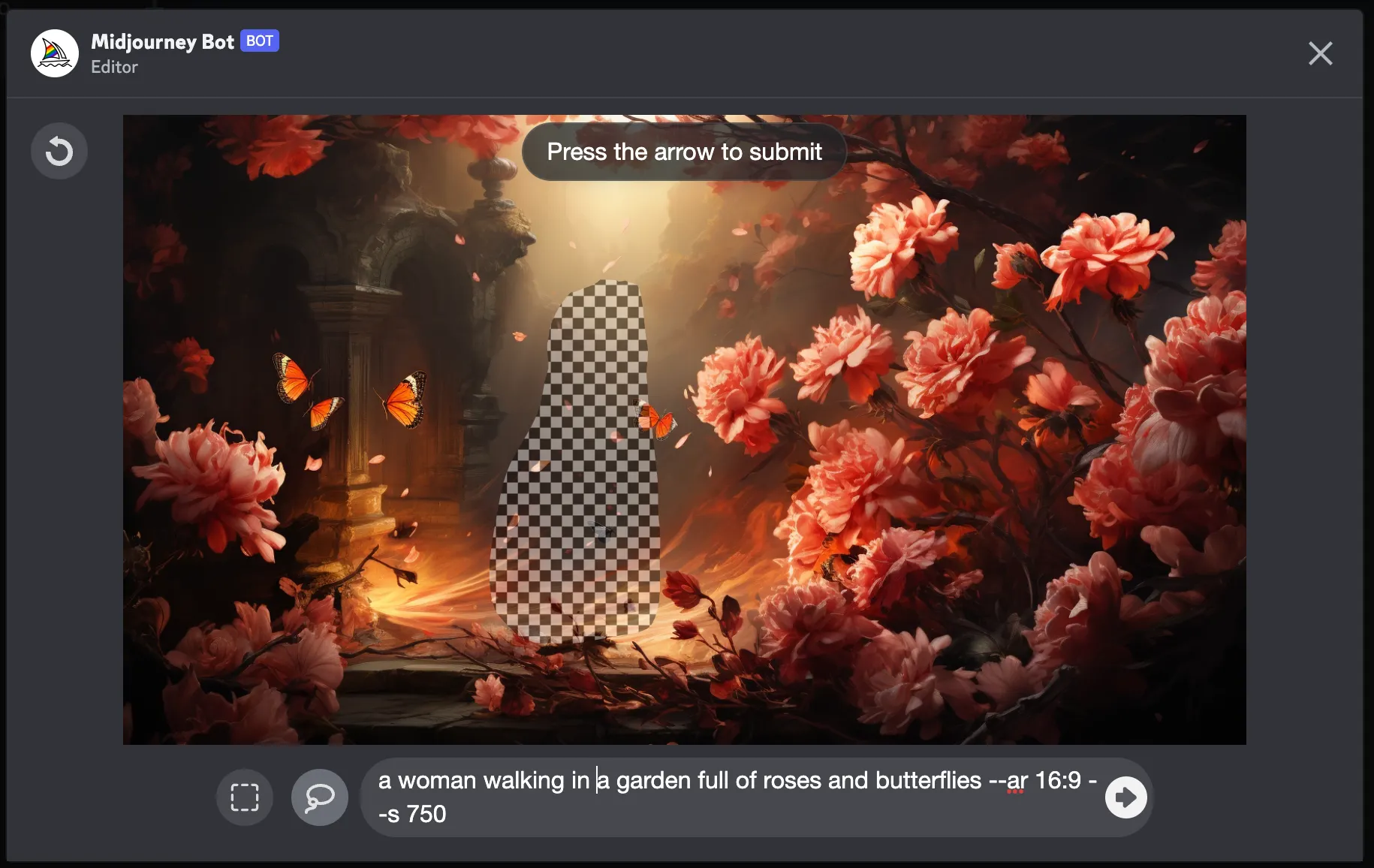
The final images will be rendered shortly afterward.
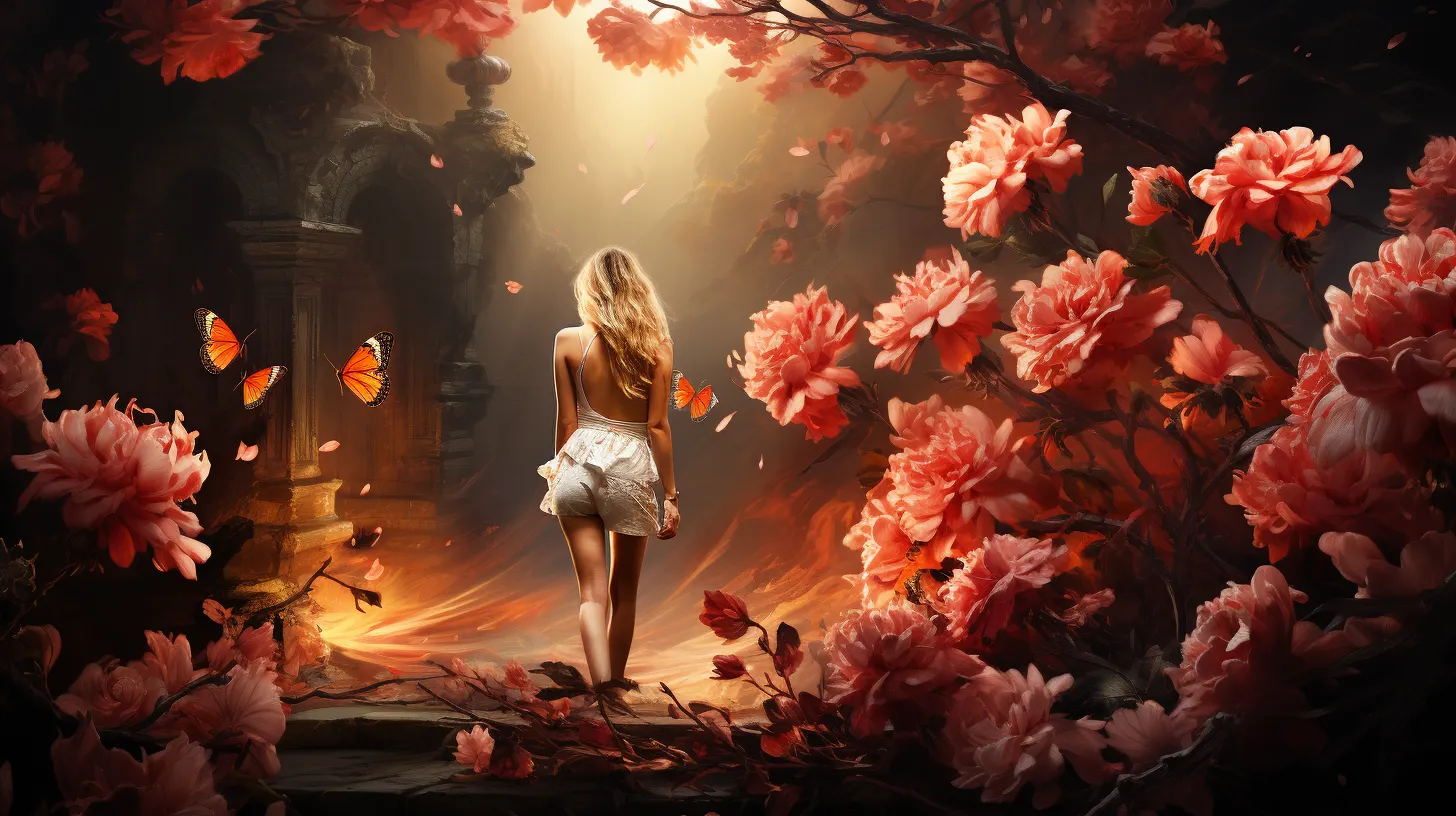
Assessing the results
This is not magic, however, and sometimes the tool simply will not work, or won’t be as accurate as expected—a limitation that even the MidJourney developers seem to recognize.
“In a best-case-scenario, you can use the 'prompt remixing' feature as a general purpose inpainting system,” the MidJourney team said in a Discord announcement. “However, we would warn that this can sometimes be quite frustrating as the system may fight your intent (sorry!).”
MidJourney's Vary (Region) comes with specific guidelines for best results. The company indicates that the feature is most effective when applied to larger sections of an image, ideally between 20% to 50%. Additionally, the tool is designed to produce the best results when changes are consistent with the original image's context.
Our preliminary conclusions are that the Vary tool is good for large edits and for adding new things into a composition. Stable Diffusion, however, is better in terms of accuracy, creativity, and works better with smaller areas of an image.
While MidJourney's new feature marks a significant development in its suite of tools, it's further evidence of the competitive AI landscape, as various platforms offer overlapping functionalities.
As AI continues to evolve, tools like MidJourney's Vary (Region) highlight the industry's drive towards more refined and user-centric solutions. Whether for professional or personal use, the advancements in AI image editing promise a future of enhanced creativity and customization.

